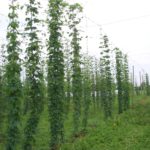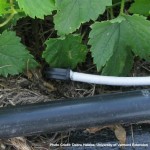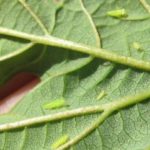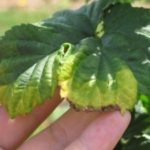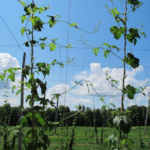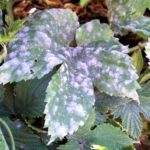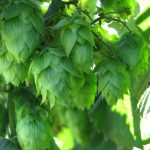We wanted to share a reminder for the upcoming 10th Annual Hop Conference scheduled for Thursday, February 21st.
You can now view the Detailed Agenda for the day.
Register today at www.regonline.com/2019hopconference
Registration fees are $75 per person, $65 per NeHA member and $35 for the live
broadcast.
This year’s live broadcast will be recording all presentations except for the two breakout Foam Brewery sessions, as they will be held in a different room.
If you wish to take advantage of our group rate to stay a night at the DoubleTree by Hilton, you need to reserve before this Friday, Feb. 15th.
A block of rooms is available at the DoubleTree by Hilton Burlington only until Feb. 15, 2019 for the rate of $122/night. Call 1-802-865-6600 and use Group Code: HOP or register online at https://bit.ly/2RWJdAP.
Come help us celebrate our anniversary of the 10th Annual Hop
Conference!
Susan
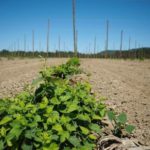
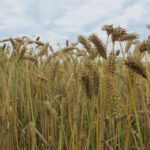 Malt Barley and Hop Quality is just one of the afternoon sessions you can choose to attend at the Annual Crops & Soils Field Day on July 26th at Borderview Farm in Alburgh, VT. Andrew Peterson of Peterson Quality Malt will talk about malt barley quality and scouting for grain diseases.
Malt Barley and Hop Quality is just one of the afternoon sessions you can choose to attend at the Annual Crops & Soils Field Day on July 26th at Borderview Farm in Alburgh, VT. Andrew Peterson of Peterson Quality Malt will talk about malt barley quality and scouting for grain diseases.